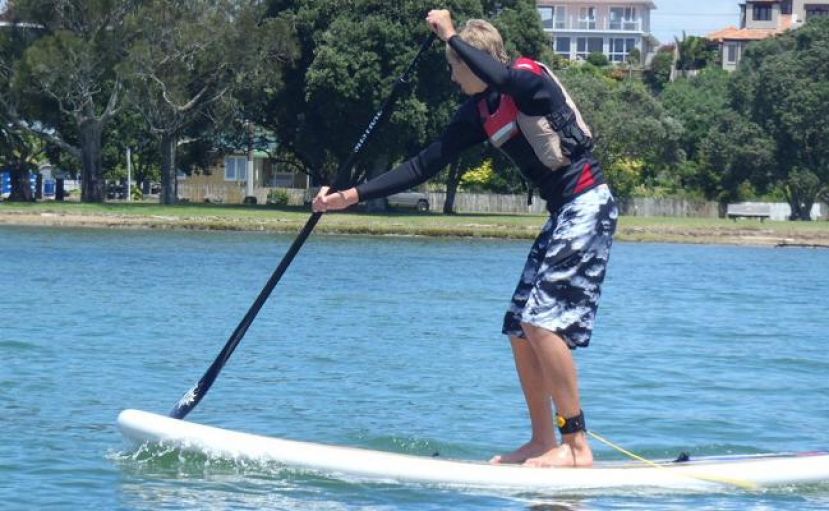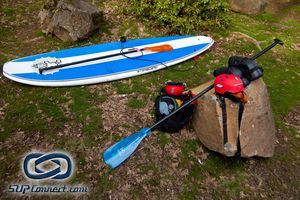SUP Safety, What is Your Opinion?
- Written by Erin Blunt Robbins
- Published in Opinion
- Comments::DISQUS_COMMENTS
After several recent deaths involving stand up paddlers, the SUP world is currently involved in heavy discussion about SUP safety practices. However, it seems as though some paddlers are expressing very different opinions about what the safety rules should be.
|
Photo by Rob Casey |
SAN DIEGO, California - After several recent deaths involving stand up paddlers, the SUP world is currently involved in heavy discussion about SUP safety practices. However, it seems as though some paddlers are expressing very different opinions about what the safety rules should be.
A while back, the United States Coast Guard officially classified stand up paddleboards or SUP's as vessels. This means that people who operate stand up paddleboards are technically required to follow federal "carriage" requirements when paddling beyond designated surf and swimming areas. In other words, adult stand up paddlers are required to have a USCG approved life jacket / PFD (personal flotation device) for each paddler on the board. Youth 12 and under must be wearing the PFD and those over 12 must have one available to them on the board while paddling. It is also required to carry a sound signaling device such as a whistle and a "visual distress signal / navigation light," like a flashlight.
Although these rules have been established, how many stand up paddlers are there who really follow them? Does following the rules really make SUPers more safe?
Some would argue that having PFD requirements while paddling would definitely save lives. One example of where this opinion has been expressed is in the case of a paddler who recently went missing in the Tampa, Florida area. Some say had he worn a PFD, it's possible that we would know what happened to him by now and that he would even possibly be carring on with his life. Others say it would most likely not have made much of a difference.
Another safety concept that SUPers are debating is whether the use of a leash could be a proper substitute for a PFD. Some argue that this is the perfect solution because a leash keeps SUPers attached to their board which in and of itself is the best flotation device. Yet, others continue to say that there is absolutely no substitute for the use of a PFD and they will reference the example of a woman who just weeks ago drowned in Southern Oregon when her leash caught on something underwater and held her down until it was to late.
What do you think? How can the stand up paddle community help take care of one another and what do you feel the safety rules of SUP should ultimately be?
.


